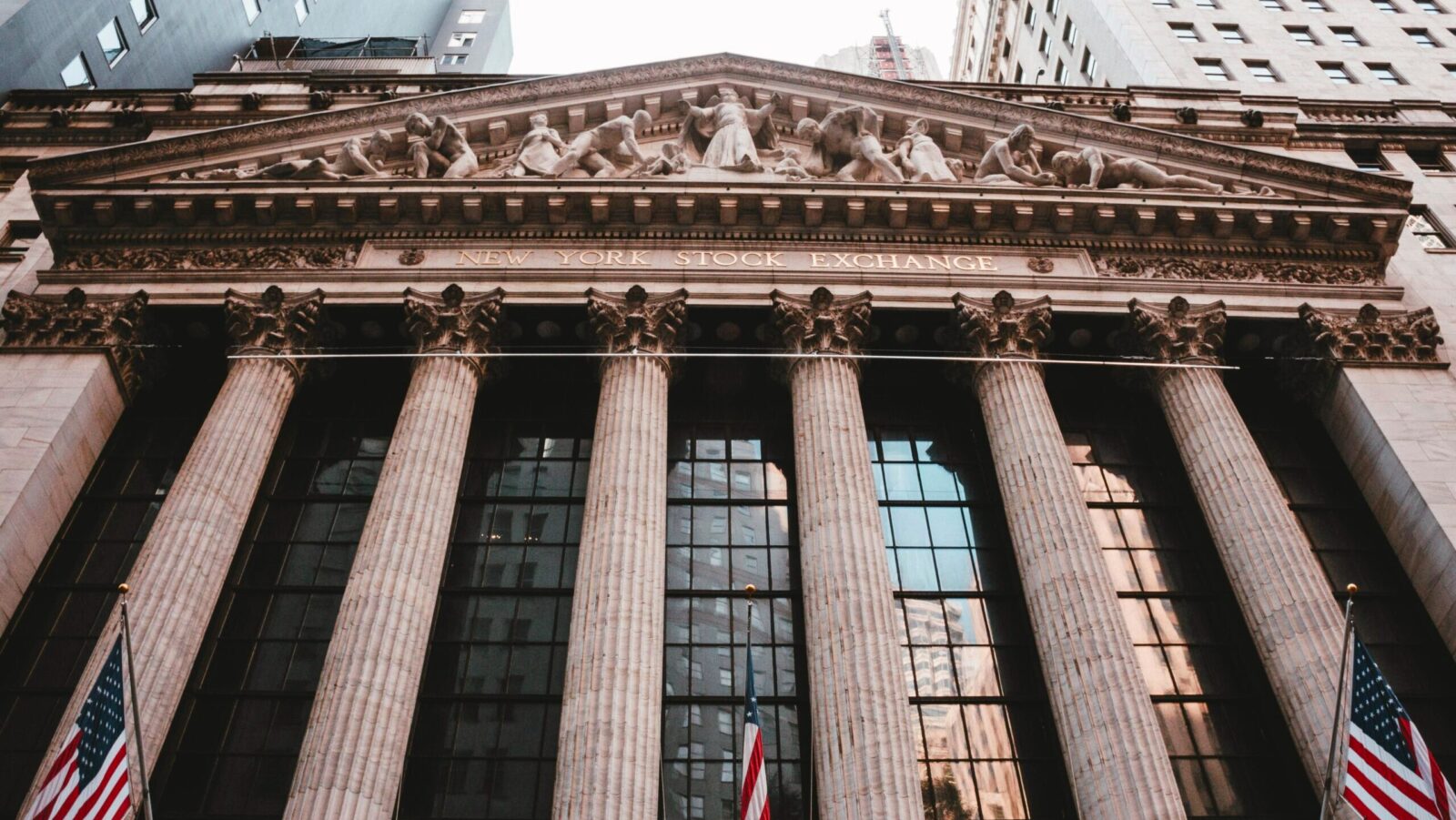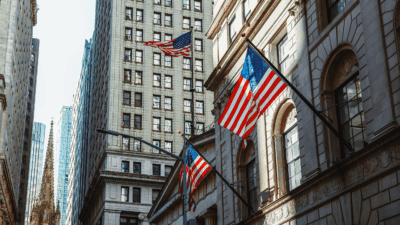
Sign up for smart news, insights, and analysis on the biggest financial stories of the day.
Three years after the pandemic contributed to a massive wave of layoffs, furloughs, career breaks, and retirements, the US workforce has finally returned.
With a higher share of both males and females either employed or seeking jobs, the labor market is sitting pretty — for now. However, the Fed’s intent to squash inflation with more interest rate hikes could return tens of thousands back to the unemployment line.
Back to the Old Grind
The US unemployment rate sat at 3.5% in February 2020, according to the Bureau of Labor Statistics — anything between 3% and 5% tends to be what nations hope for. But after covid swept the world, joblessness in the US skyrocketed to 15% in just two months. US unemployment has since retreated to 3.6%, and much of that can be attributed to a peak in women joining the labor market. The percentage of women in the workforce during the prime age for work — between 25 and 54 years for all sexes (Google it, Don Lemon) — hit an all-time high last month of just under 78%, according to the BLS.
For starters, women are having fewer children, freeing many of them to seek work outside the home. In 2022, roughly 3.7 million babies were born in the US, according to the Centers for Disease Control, a 15% drop from 2007. But working parents have also been lucky. Because job openings have outpaced the pool of available workers by nearly 2-to-1, employers need to concede to better pay, benefits, and schedules while hiring:
- William Rodgers of the Institute for Economic Equity at the St. Louis Fed told The Wall Street Journal that employers “are more apt to be willing to work with candidates — in this case it’s working with moms, or parents in general. Tight labor markets can help to punish those who discriminate in hiring and compensation.”
- Americans also are getting paid more these days, and after two years, wages have finally begun to outpace inflation. This means people are now less hampered by strict budgets and can splurge a little, which in turn could help avoid a recession that looks far less likely and ominous than it did a year ago.
Don’t Get Too Excited: The Fed has already raised interest rates 10 times in the last year and plans at least one more before the end of 2023, which could put a lot of folks out of work, especially in sectors with low job security like entertainment and construction. In the Fed’s most recent forecast, the unemployment rate is expected to rise to 4.1% by the end of the year followed by 4.5% for the next two years.











